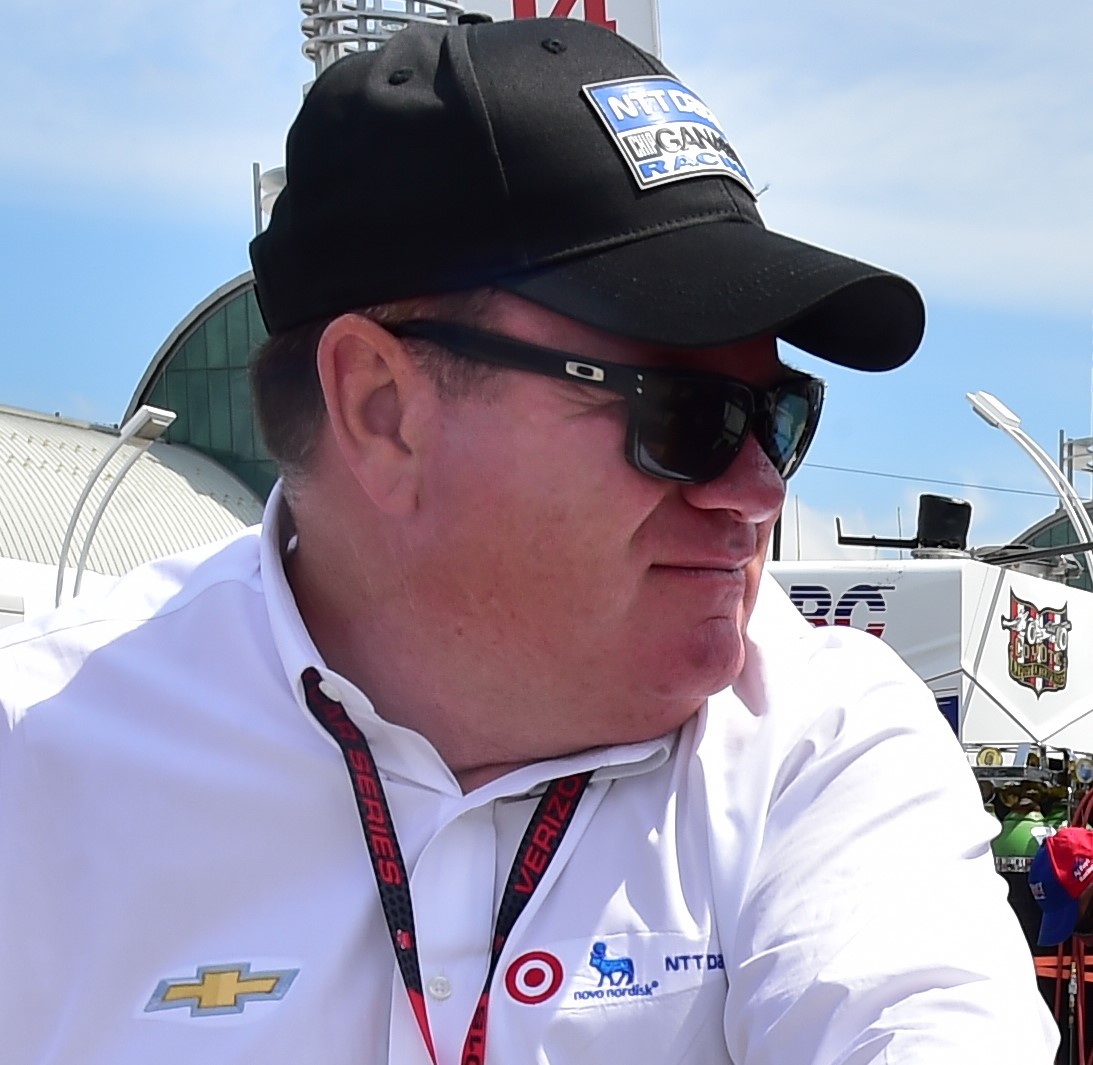Ganassi: IndyCar needs to target next generation of engineers
 |
| Chip Ganassi |
As Chip Ganassi and his eponymous Chip Ganassi Racing Teams continues one of its busiest seasons on record, with programs in two NASCAR divisions, two sports car series, IndyCar and likely the Red Bull GRC series, Ganassi is hopeful that the Verizon IndyCar Series can attract the next generation of talent from a technical standpoint beyond the next generation of drivers.
Ganassi has already created a next-generation talent-spotting program of the team's own called Generation Ganassi, or Gen G for short. It identifies teens ages 13 to 18 as potential "Ones to Watch" and will offer them professional guidance throughout the sport.
When it comes to looking for engineers and other young crewmembers, Ganassi is hopeful IndyCar can take the lead in making the series more intriguing for youngsters.
"We need to have young people and engineers in development," Ganassi told NBC Sports during a roundtable meeting of media members at St. Petersburg.
"There are some great engineering minds out there. There are the 3D printers out there now, and that could be a way that does the cars. There's a million ways this sport can go that are untapped right now.
"I've said this before, why can't we have a system, if we want to do some development, you go to the IndyCar.com website, access a drawing of a piece of suspension and say, ‘Do better that that.'
"You'd engage every engineering school in the world if you had a system where it was, ‘Let's pick an item on car, with suspension development, where you can go on and access the drawing, and as long as you can come in at a better price, you'd have the engineer or backyard guy who thought he was smart, engaged in the sport.'"
Ganassi said having the Ford GT program in sports cars – done in partnership with Ford and Canadian engineering juggernaut Multimatic – has been a reinvigoration of sorts. Even so, technical regulations there limit the amount of creative freedom one can make.
"It's an exciting program that has some development potential to it," Ganassi said.
"Again there, you're hamstrung with homologation rules. You submit something and it has to be good for the next 27 years," he joked.
With possible enhanced head protection as a key talking point in motorsports this year, Ganassi said next year's Indianapolis 500 – the 2017 edition, and the 101st running – would make sense as a place to debut any new components.
"Maybe that's the debut of something new; the next step," he said.
Ganassi also took the time to note the Indianapolis Motor Speedway has been in the "Centennial Era" for the better part of eight years – from 2009 through 2016.
IMS outlined the three-year period from 2009 to 2011 as its actual "Centennial Era," with the 2011 Indianapolis 500 the 100-year anniversary of the first ‘500, albeit only the 95th running. This year's 100th running owes to the fact five years were lost during World War II. Tony DiZinno/NBC Sports
